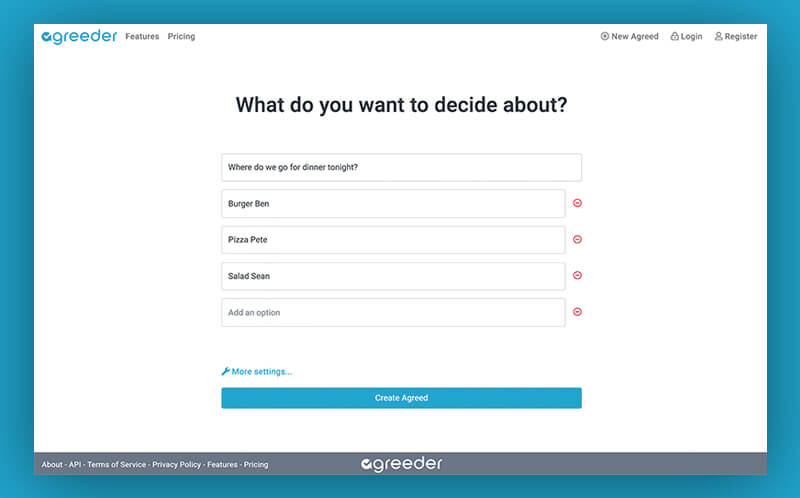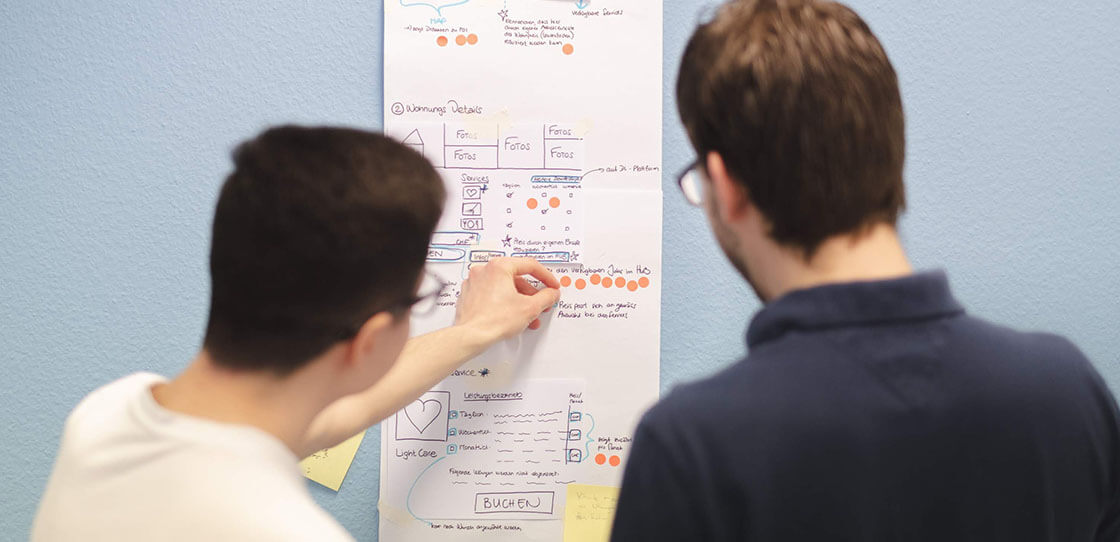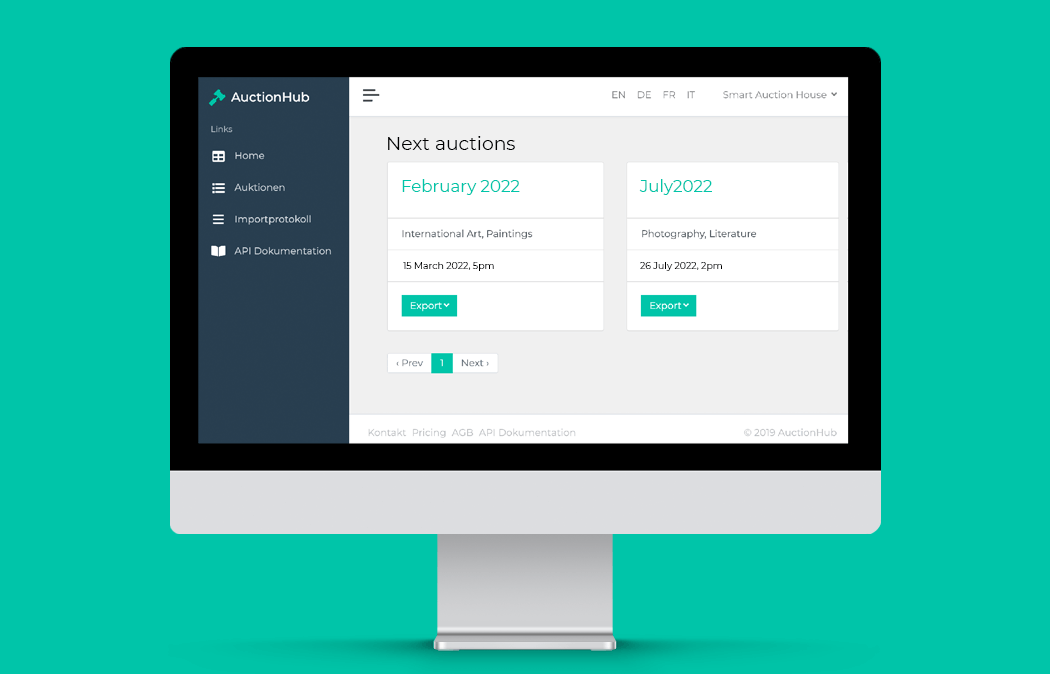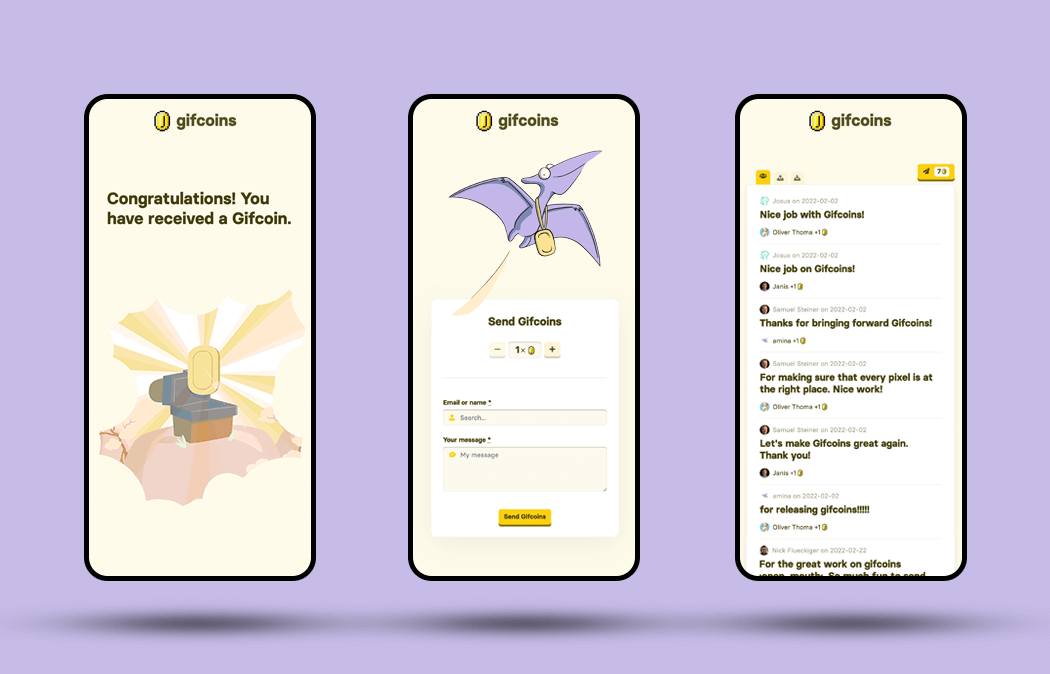Fast and fair survey and voting tool
Agreeder is a web application that enables fast and democratic voting. It takes only a few minutes to create complex polls, which can then be shared with friends or colleagues. The evaluation of the results is based on the Schulze method. This method not only takes into account the most frequently chosen option, but also the group preference.
For a better illustration, let us take the example of an office community whose wall is to be painted in a new colour. In a traditional vote, the colour blue wins with a mathematical majority. This does not take into account that the number of votes for yellow and orange form the majority. It also fails to take into account the fact that many who voted for orange would prefer yellow to blue and many who voted for yellow would prefer the wall to be painted in orange rather than blue.
With the Schulze method orange wins, yellow makes it to second place and blue to third. To achieve the same result in a normal vote, a second ballot would have to be held. With Agreeder, however, this second ballot is not necessary, since the voters sort the options by preference directly in the first round. Thus, the best possible result is achieved with a single vote.
Provided services
Link to project



The functions of Agreeder in detail
An «Agreed» – this is how surveys are called – can be created free of charge without registration or tedious account creation. The survey or vote can be shared via a link. Each person can vote by clicking on the link without logging in or registering.
A big advantage of Agreeder is that the system allows multiple votes with the same device. When the participants are sitting at the same table, they can vote and then simply pass on the device.
There is also the function of private polls. Here, groups of people are created per survey who are authorized to participate. This prevents that any person who receives the link can participate in the vote. Instead, participants must first register in the system with the e-mail address stored in the group.
After a vote, the results are calculated using a sophisticated open source algorithm. The result which maximizes the satisfaction of the participants is extracted. If possible, a ranking of the results is created.













